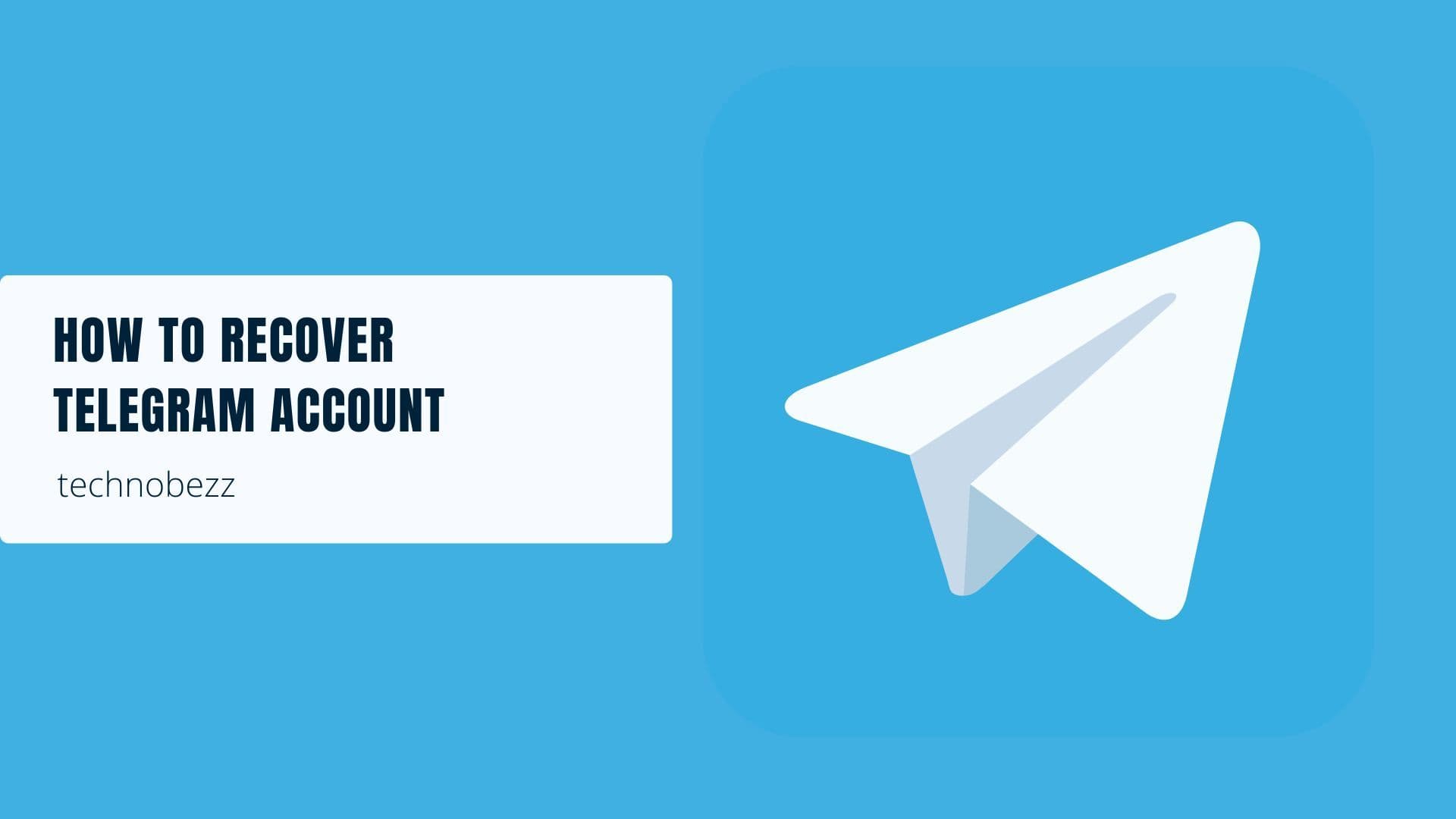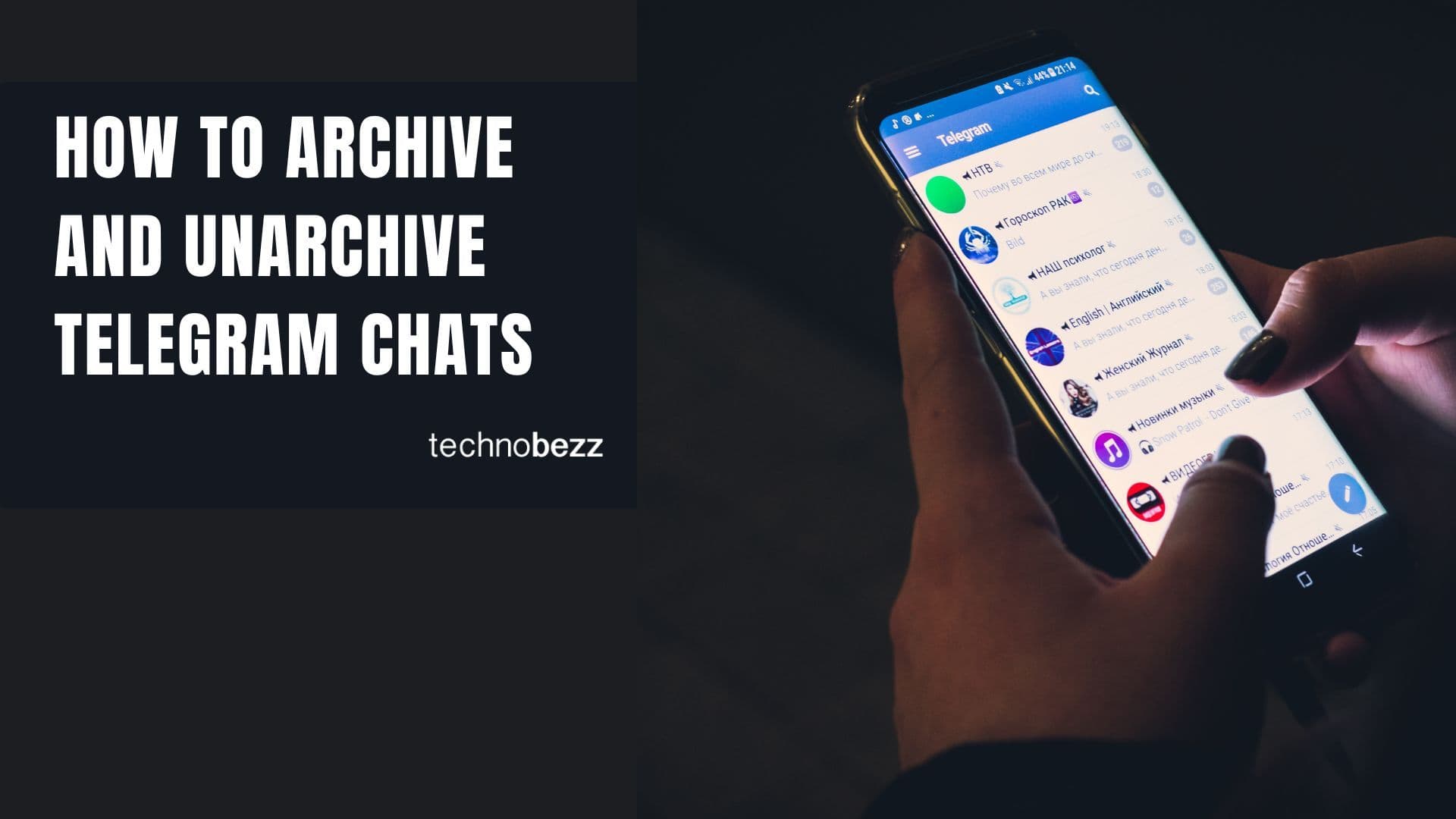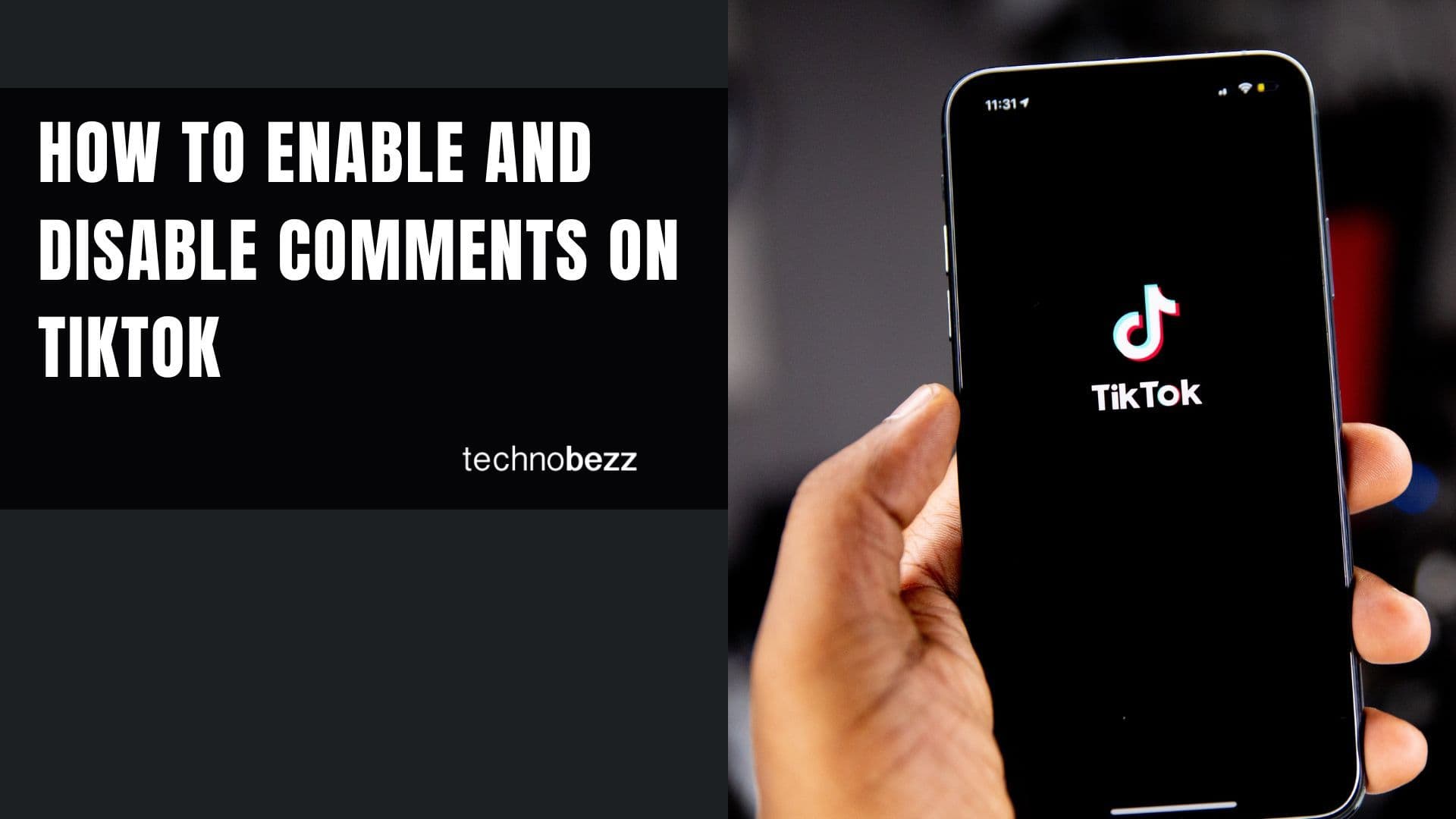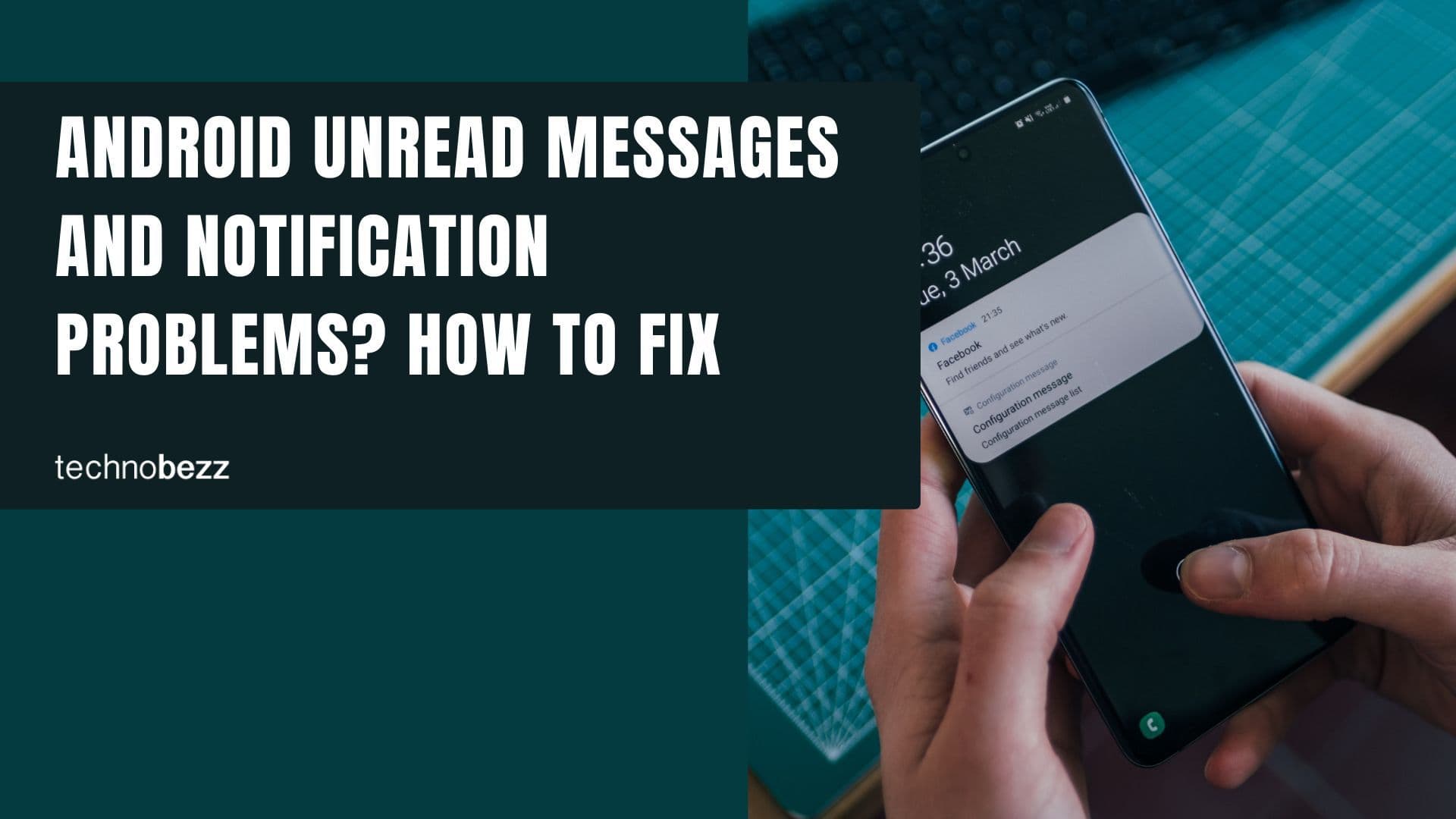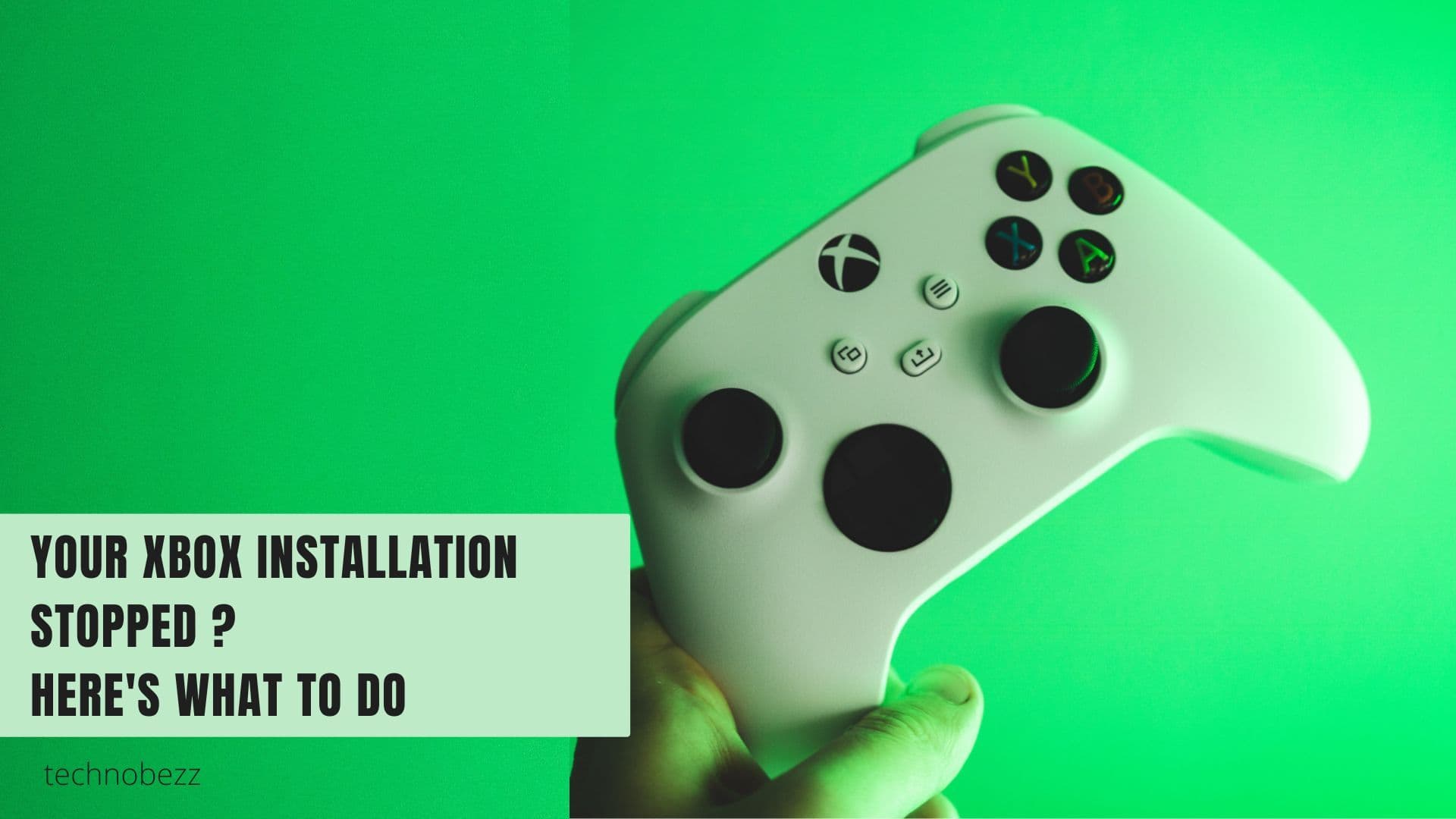TouchWiz was Samsung's custom interface that ran on top of Android, giving Samsung phones their distinctive look and feel. While many users appreciated the extra features, others preferred the cleaner "vanilla Android" experience.
Samsung has since moved on from TouchWiz to newer interfaces like Samsung Experience and the current One UI, but you might still encounter TouchWiz on older devices or want to understand how to customize your Samsung phone's interface.
Understanding TouchWiz and Samsung's Interface Evolution
TouchWiz was Samsung's signature user interface that added custom features, apps, and visual elements to Android. It included Samsung's own apps, custom icons, and interface elements that differed from stock Android.
Over the years, Samsung has refined their interface through several iterations:
- TouchWiz - The original interface on older Galaxy devices
- Samsung Experience - A refined version that replaced TouchWiz
- One UI - The current interface on modern Samsung phones
While you can't completely remove Samsung's interface without advanced technical methods, you have several options to customize your experience.
How to Customize Your Samsung Interface
Install a Third-Party Launcher
The easiest way to change your phone's look and feel is by installing a different launcher from the Google Play Store. Popular options include:
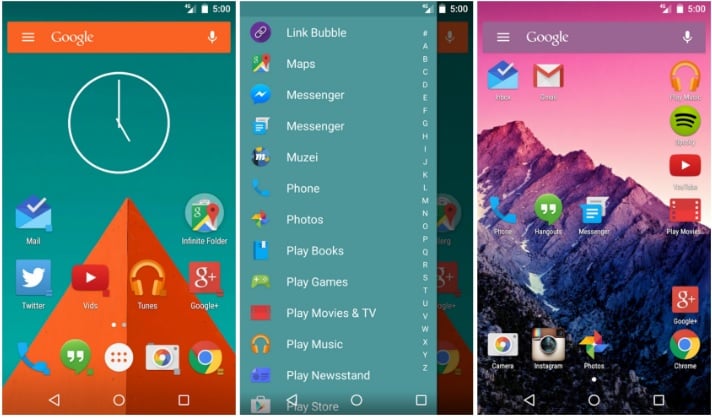
To set up a new launcher:
- 1.Download your preferred launcher from the Play Store
- 2.Open the launcher app
- 3.Press your home button
- 4.When prompted, select your new launcher and tap "Always"
- 5.Your phone will now use the new launcher as default
This gives you a completely different home screen experience while keeping Samsung's underlying system intact.
Use Samsung's Theme System
Modern Samsung phones include a built-in theme system that lets you change the visual style without replacing the entire interface:
- 1.Go to Settings > Themes
- 2.Browse available themes in the Theme Store
- 3.Look for "Modern" or "Simple" categories
- 4.Download and apply your preferred theme
This method changes icons, colors, and wallpapers while maintaining Samsung's interface functionality.
Disable Specific Samsung Apps
If certain Samsung apps bother you, you can disable them individually:
- 1.Go to Settings > Apps
- 2.Find the Samsung app you want to disable
- 3.Tap on it and select "Disable"
- 4.Confirm your choice
This won't remove the apps completely but will prevent them from running and updating.
Advanced Methods (For Technical Users)
Factory Reset with Minimal Setup
For a cleaner experience on older devices:
- 1.Back up your important data
- 2.Go to Settings > Backup & reset
- 3.Select "Factory data reset"
- 4.Confirm "Erase everything"
- 5.When the phone reboots, skip Samsung account setup
- 6.Avoid installing Samsung updates during initial setup
This gives you the most basic version of Samsung's interface.
Root and Custom ROM Installation
This advanced method completely replaces Samsung's software but requires technical knowledge and voids your warranty:
- 1.Root your device using appropriate tools
- 2.Install a custom recovery like TWRP
- 3.Download a custom ROM (like LineageOS or stock Android)
- 4.Flash the ROM through recovery
This gives you pure Android but carries risks of bricking your device.
Troubleshooting TouchWiz Issues
If you're experiencing "TouchWiz has stopped" errors or other problems:
Clear Cache and Data
- 1.Go to Settings > Apps
- 2.Tap "Show system apps" (three-dot menu)
- 3.Find TouchWiz or Samsung Experience
- 4.Select "Clear cache" then "Clear data"
Boot in Safe Mode
- 1.Press and hold the power button
- 2.Tap "Power off"
- 3.Press and hold power + volume down to restart
- 4.Keep holding volume down when Samsung logo appears
- 5.Check if issues persist in Safe Mode
Wipe Cache Partition
- 1.Turn off your phone
- 2.Press power + volume up + home buttons until vibration
- 3.Use volume keys to select "wipe cache partition"
- 4.Press power to confirm
- 5.Reboot system
Important Considerations
- Modern Samsung phones use One UI, not TouchWiz
- Disabling Samsung apps may affect some phone features
- Rooting voids warranty and carries risks
- Always back up data before making major changes
- Third-party launchers provide the easiest customization
Whether you want to tweak your Samsung interface or completely transform it, these methods give you control over your phone's look and functionality.



